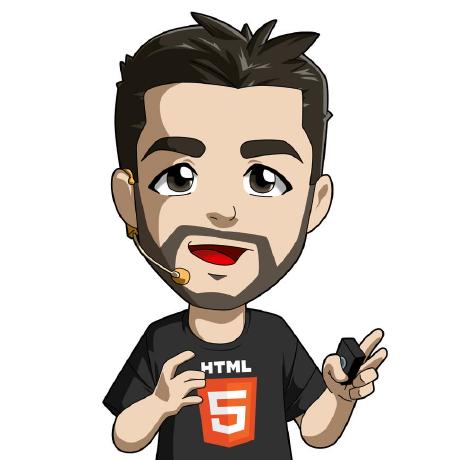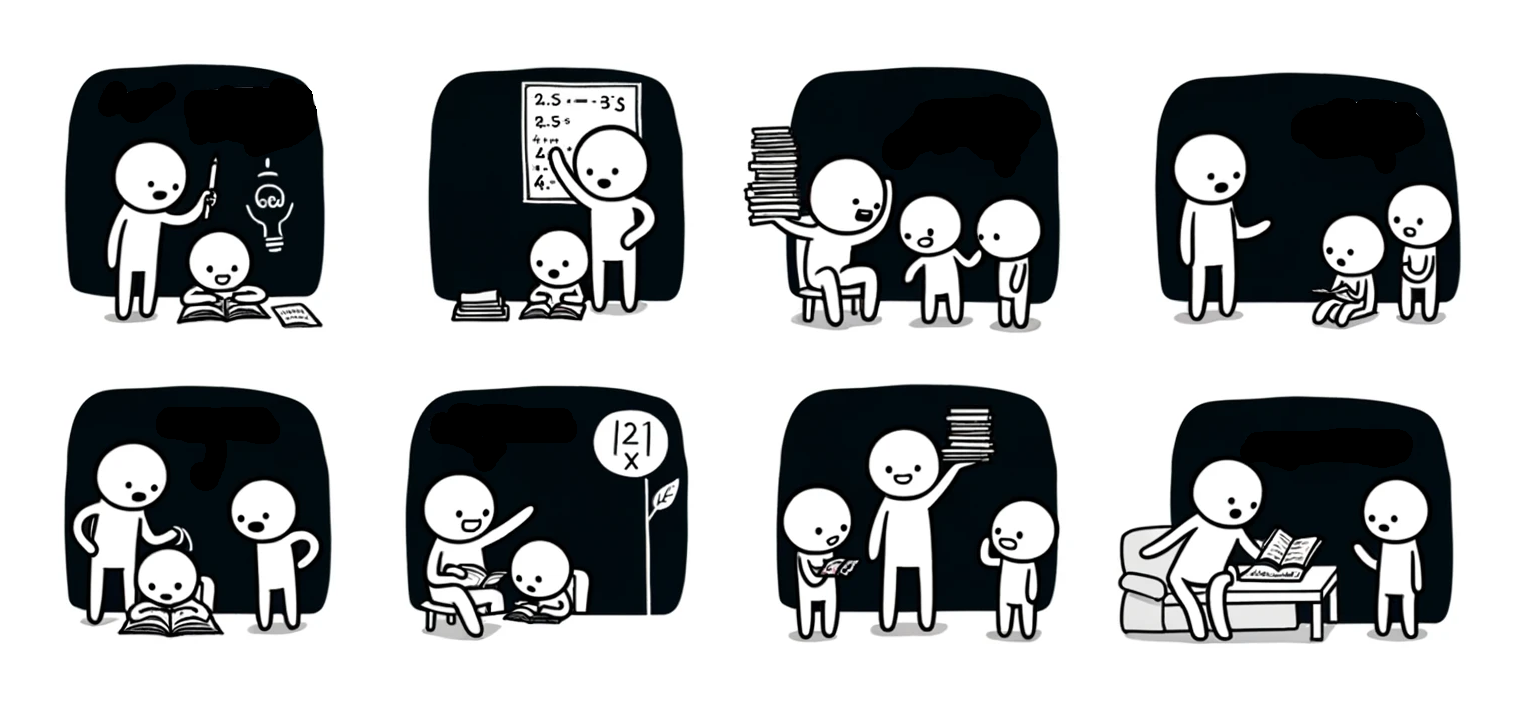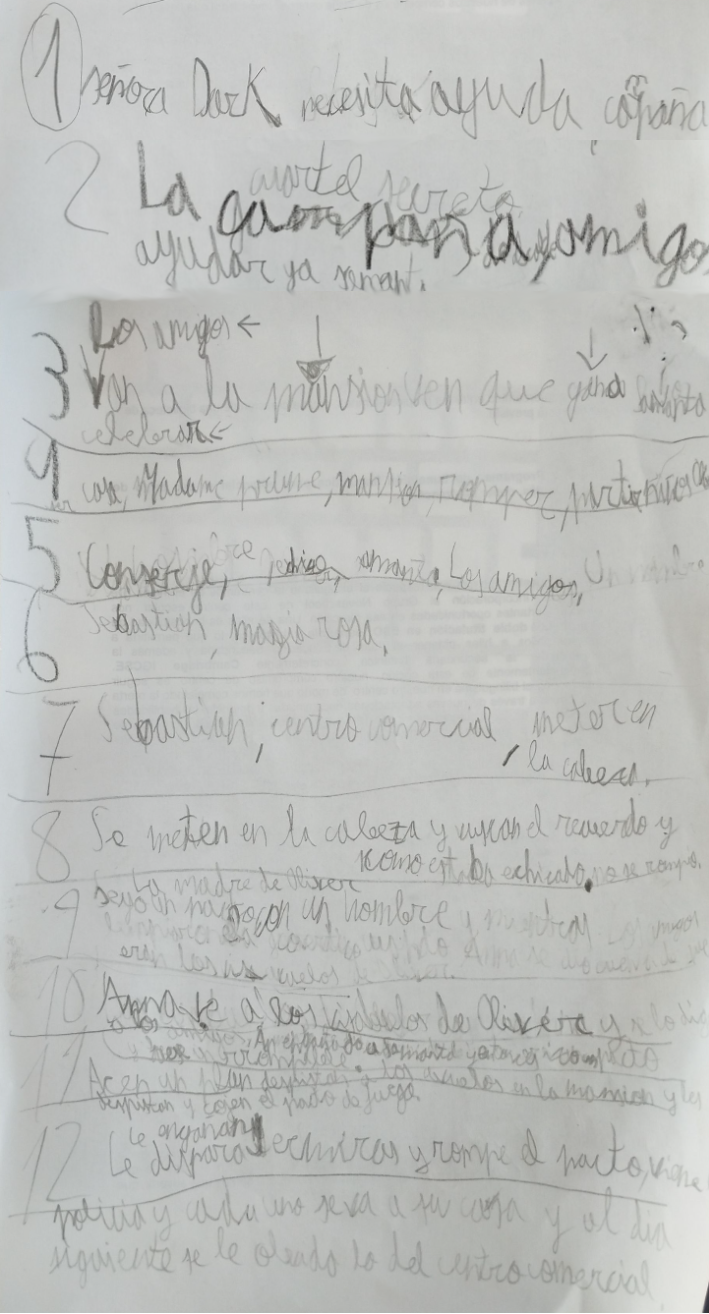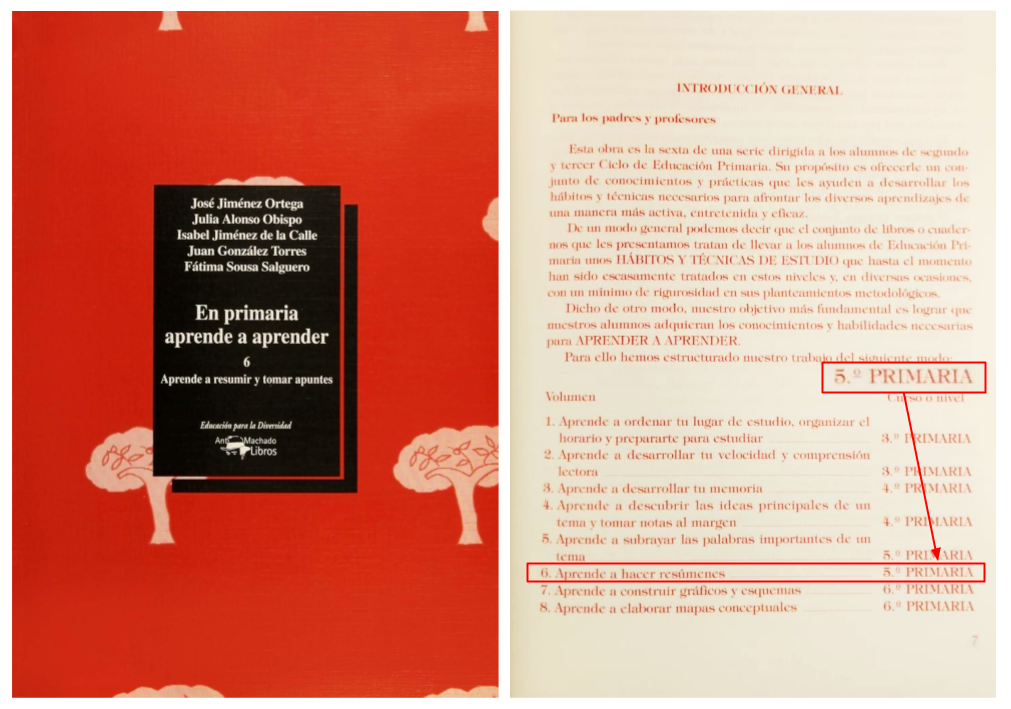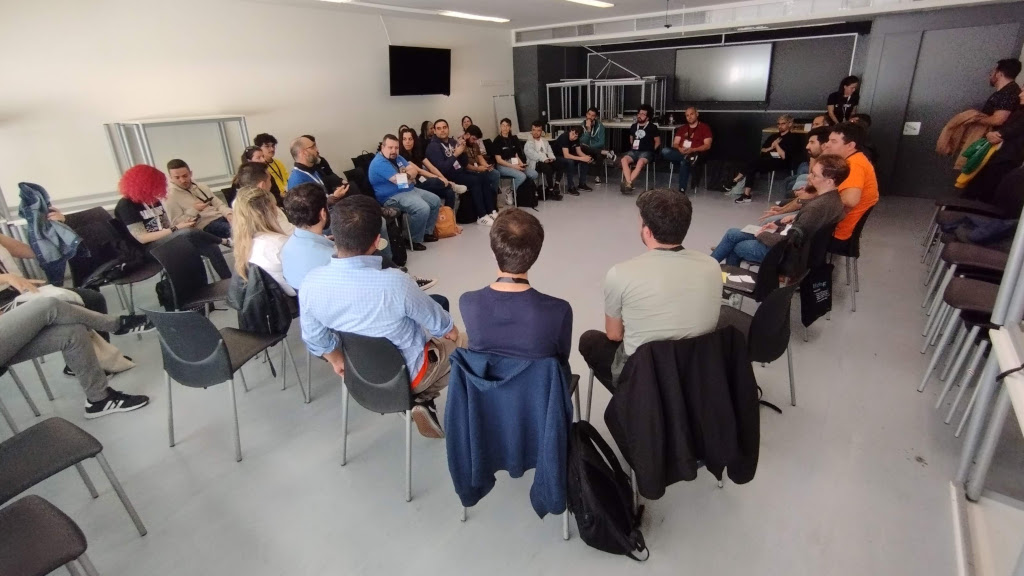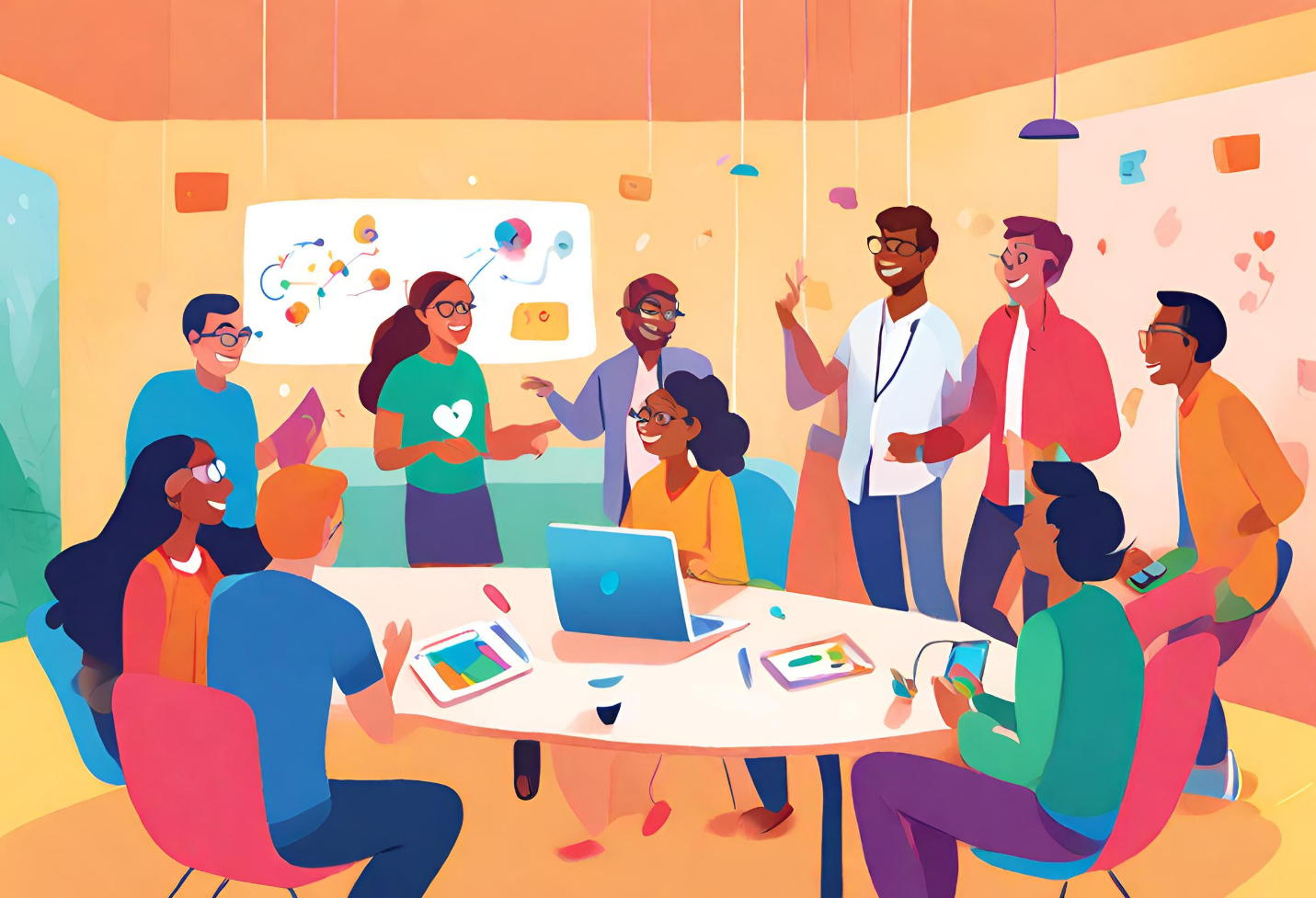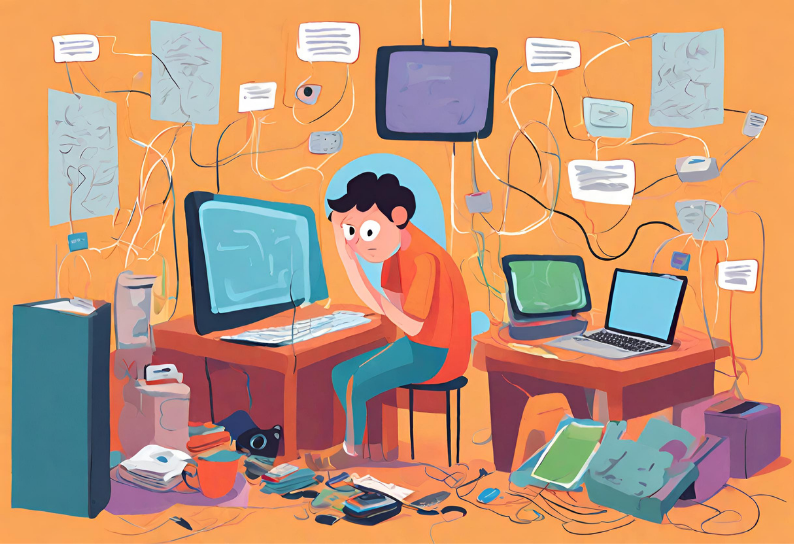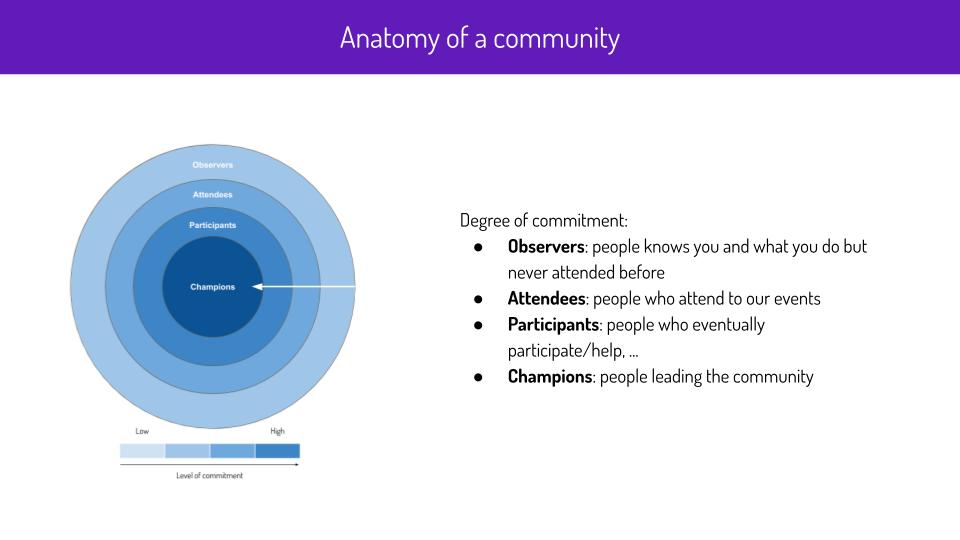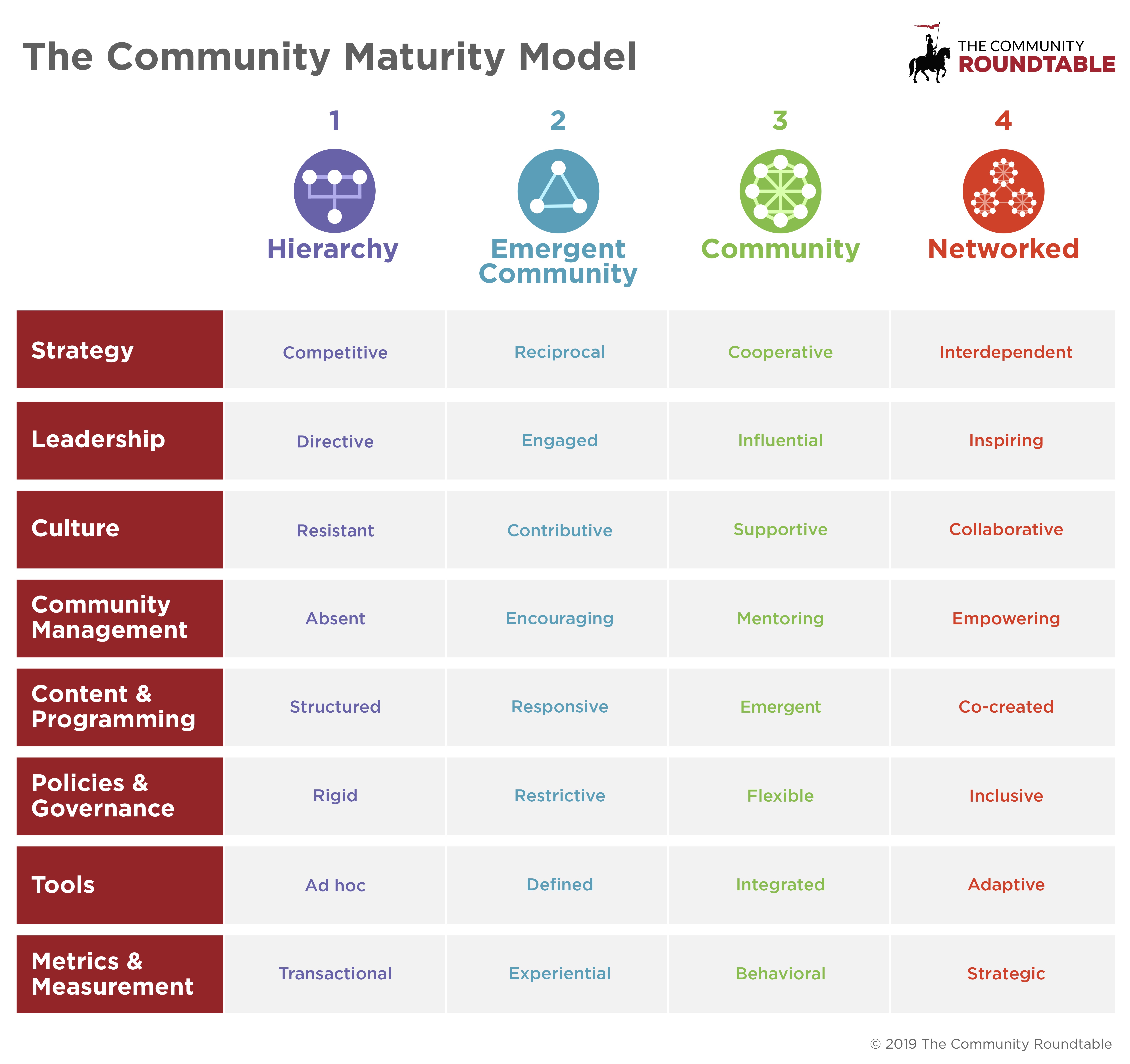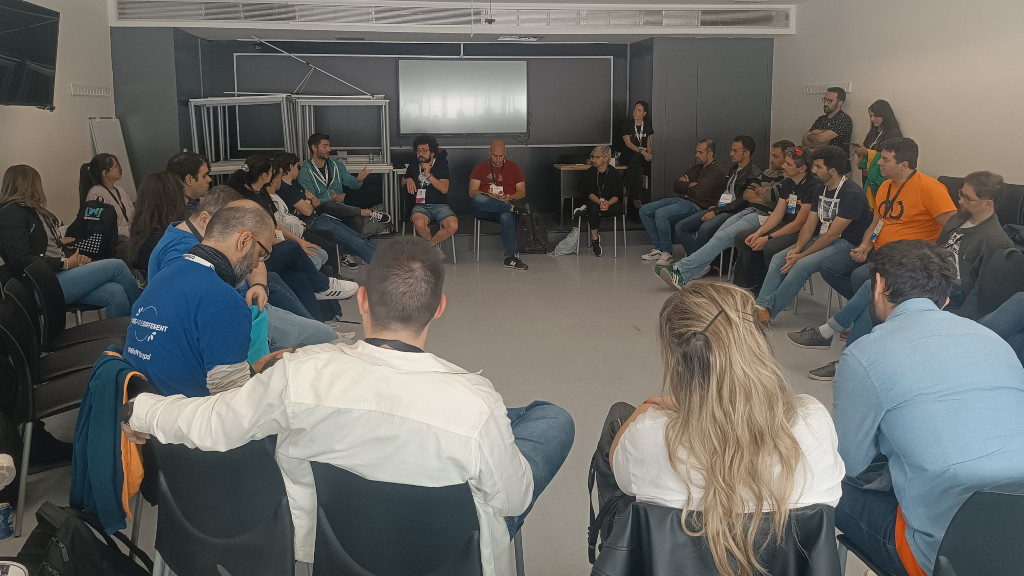⚠️ Notices and acknowledgments
I would like to start by clarifying that:
- This article will be completely biased by my own life experience (as a Spaniard and because of my environment).
- It may contain gaps and errors.
- I appreciate all contributions, which of course will be acknowledged and will be under CC Attribution 4.0 International
Acknowledgments: to JJ Merelo, and José Luis Orihuela for their contributions and resources.
This is the second article in the series "History of Technical Communities," in which we are reviewing the history of technical communities in Spain. In this one, we will focus specifically on the era when the Internet became popular, reaching many households, and we will continue to get nostalgic with some of the innovations that were introduced.
We are in the years of:
- The Barcelona Olympic Games.
- The Seville Expo '92.
- The celebration of the first Meeting of Students of Technical and Higher Engineering in Computer Sciences (RITSI).
- The launch of Windows 3.1.
And a year before Intel Pentium began flooding the market (1993).
On the radio, and in our Discman, songs like "Experiencia Religiosa" by Enrique Iglesias (1995), "Wannabe" by the Spice Girls (1996), "La Raja de Tu Falda" by Estopa (1999), or "Livin' la Vida Loca" by Ricky Martin were playing.
Linux and LUGs
A year earlier, in 1991, the Linux operating system was created, which in 1992 adopted a GPL license. This technology not only transformed the Internet and many other things, but it was also the seed of many important communities of the time, such as the Linux user groups (LUGs). Among other things, they held “Linux install parties” to help install systems like SUSE (1992), Debian (1993), Red Hat (1993), Mandrake (1998), ... which were not easy to get working at that time.
Years later, in ~1997, the Association of Spanish Linux Users (Hispalinux) was formed in Spain, an important community whose goals can be read in their statutes. In 2024 it has more than 7,000 members.
Internet
This is the era of the early days of the Internet in Spain (1996), when Web 1.0 arrives, static pages created with HTML 2.0, practically without user systems or comments, and which we browse with browsers like Netscape or Opera.
Due to the limitations of JavaScript in 1996, there were technologies like Microsoft's ActiveX, Sun Microsystems' JavaBeans, and Macromedia Flash, which allowed for more advanced experiences.
The first Spanish Internet Service Providers like Goya (1992) and InfoVía (1995) were born, charging for Internet (per minute connected) at the price of a local phone call. Yes, because at that time, you had to pay for local calls. That's when 28.8 kbps modems, the routers of that time, were more than a thousand times slower than today's.
With these connections, we could chat and browse Web. At that time, websites almost had no images, and of course, no multimedia files, because downloading a 4 MB file could take many hours, and if you were lucky that someone didn't cut off your connection by calling your house.
Soon after, audio and video compression algorithms, or audio codecs and video codecs improved significantly, facilitating access to these files online (e.g. MP3 1993, AAC 1997, DivX 1998, MP4 2001, ...).
Also in 1992, party lines emerged, multi-conferences with strangers via telephone. Although personally, I wouldn't include this in the community initiatives.
In 1998, another community was born, the Association of Internauts, whose can be read here.
That same year, 1998, Netscape created the Mozilla organization, which led to the creation of the Mozilla Foundation in 2003.
And in 2000, the Spanish chapter of the Internet Society was founded.
Did you know that at the beginning of the Internet, it was the Internet providers themselves who usually provided us with our email accounts? Before Microsoft launched Hotmail in 1996 (now known as Outlook), or Yahoo! created Yahoo Mail in 1998, or Google inaugurated Gmail in 2004, which by the way, you could only access by invitation.
Hosting and Search Engines
When the Internet was arriving in Spain, the first web hosting providers, like GeoCities (1994), or later Galeon.com (1999), began offering free web hosting as well.
This greatly reduced the barrier to entry for communities that wanted to collaborate by creating and sharing tutorials, news, etc. Especially for those of us who were teenagers and couldn't afford a paid one.
It should also be noted that the first search engines did not appear until the mid-90s (e.g. Lycos ‘94, Yahoo! Search ‘95, AltaVista ‘95, Olé ‘96, Hispavista ‘96, Google ‘97…). Therefore, there were not only far fewer manuals and tutorials, but until then, it had been very difficult to find them.
1995 is also the year when Amazon launched one of the first online stores. Here is a video of Amazon on Kiro 7 News in 1997.
As a result of some of these collaborations, older people will remember the famous Rincón del Vago (~1998), a website mainly used by students to share academic papers and notes. But to give an example of a technical community, I will leave one that I was lucky enough to be a part of, HackHispano (~1999).
IRC and Other Chats
It was also when the IRC protocol became popular, and programs like mIRC (1995) allowed us to connect to public servers like IRC-Hispano, freenode, undernet, etc. For the first time in history, it allowed real-time chatting with people from other parts of the world, I repeat, at the cost of a local call, something totally disruptive.
For the new generations; IRC is similar to Slack, Discord, etc. But where public servers gathered tens or hundreds of thousands of people, where anyone could create a "Room," and whoever arrived first automatically became an IRC operator with moderation permissions. By the way, there are still communities that continue to use IRC as a communication tool 😉.
There were many channels about #linux, #programming, #networks, ... but also #humor, #madrid, #manga, etc. However, it is true that many historic hacker communities like !Hispahack/#hispahack (~1996) also started to gather here. In this interview with Antonio Fernandes (in The Wild Project), you can hear about his beginnings in hacking at that time, and how he mentions other hacker communities/groups like Apóstols or La Vieja Guardia.
In 1996, the newsgroup es.comp.os.linux was born, dedicated to discussing the Linux operating system in Spain, and according to hackstory.net, one of the main initiatives of Spanish Linux hackers.
During this time, other messaging and VoIP tools like ICQ (1996), Terra chats (1999), MSN Messenger (1999), Skype (2003) also became popular in Spain. Although I wouldn't say many community communications emerged around them.
Conferences
At that time, the main technological conferences in Spain were:
- SIMO TCI (1994).
- Computing Days of the Spanish Association of Computing and Automation (1995-1998).
- Hispalinux Congress (1998).
In the international scene, other popular conferences started:
- Microsoft Professional Developers Conference (1992).
- DEF CON (1993).
- Hackers on Planet Earth (1994).
- Linux Kongress (1994).
- JavaOne (1996).
- O’Reilly Conferences (1997).
- LinuxWorld (1998) (renamed to OpenSource World in 2009)
- FOSDEM (2001).
- etc.
Mailing Lists
Also at that time, communities that gathered around mailing lists increased considerably:
- Hispalinux.
- Lists of Linux user groups.
- RedIRIS distribution lists.
- etc.
At that time, there were already mailing lists software like LISTSERV. In 1992, Majordomo was created as freeware, and later GNU Mailman (1999). It wasn't until 2001 that Google Groups was launched, another system that gave a strong boost to mailing lists among communities.
LAN Parties
This is the era of the first LAN parties, groups of friends who gathered at someone's house to play network games and sometimes see things we shouldn't 🤣.
Also, macro gatherings like the Euskal Party (1993) or Campus Party (1996) began, where many of us took our desktop computers, got on a bus, and traveled across Spain to spend a few days surrounded by hundreds or thousands of technology enthusiasts playing games, burning CDs, etc.
In 1994, the first CD burners arrived, causing an unprecedented increase in piracy in Spain. Years later, Napster (1999), eDonkey (2000), eMule (2002), ... and other technologies that would further boost it emerged.
A few years later, in 1998, the video game and multimedia developer community Stratos emerged.
In 1999, the program Roger Wilco appeared, software that revolutionized VoIP communications among the gaming community.
Cybercafés
With the arrival of ISDN, which significantly improved Internet connection speeds, the first Internet cafés (~1995) began to emerge. These became other meeting points where groups of friends would gather to play, talk, and share things they had discovered on the Internet, etc., and where some “hackers” 😜 took advantage of installing keyloggers and trojan horses for somewhat illicit purposes.
Around 1999, Wi-Fi (or 802.11 protocol) became popular in Spain, which was the year the Wi-Fi Alliance registered the brand.
Bloggers
At the end of the millennium, in 1999, blogs, formerly also called weblogs, began to gain popularity, perhaps triggered by the launch of Blogger.com.
In that same year, Barrapunto (1999) was born, a news website related to free software, technology, and digital rights. In 2001, it began offering a weblog system called MiBarrapunto.
A famous blog that started talking about free culture at that time was Ignacio Escolar's (~2001).
Then Blogalia (~2001/2002) was born, another weblog server in Spanish.
What I would like to comment on here is the fact that the comments on some blogs almost became community chats.
In 2003, WordPress was created, and Blogger.com was acquired and relaunched by Google.
End of the Era
According to the Scientific Computing Society of Spain, it is estimated that by the end of the century, a total of about 68,705 people had graduated in computing in Spain (~2450 per year).
It is also when the first Official Colleges of Computer Engineers (e.g. Murcia, Catalonia, Asturias, ...) (1998-2002) began to be formed, and when the Association of Women Researchers and Technologists (2001) emerged.
At this time, phone booths were still being used, although Internet and GSM coverage was growing rapidly. Operators like Telefónica, Airtel, Amena, ... opened the telecommunications market in Spain, and Nokia launched the popular Nokia 3310. But despite everything, SMS and voice calls still dominated communications.
It is also when we experienced the dot-com bubble burst (~2001). A year later, Amazon would start the cloud revolution by creating AWS.
International Scene
Now let's review other events that happened internationally and later had an impact on technical communities in Spain.
Hackerspaces
Around 1992, hackerspaces began to emerge, physical spaces where people interested in new technologies, electronics, digital arts, etc. met, socialized, and collaborated.
I wrote about HackSpace / HackLab / MakerSpace / Fab Lab in this page.
Other Communities
In 1993, the IBM community appears.
The same year the first version of Java was released (1995), one of the first Java Users Group (the Denver one) was formed.
Then in 2001, many things happened:
- Wikipedia was created, around which a vast community of contributors would emerge (including local communities).
- The Python Foundation was born, which would foster the creation of local user groups, now boasting over 1600 groups and more than 800,000 members.
- And the September 11 attacks occurred.
According to Wikipedia, these attacks led to the creation of Meetup.com in 2002, a platform that originally aimed to bring together people with common hobbies and interests, and which would later be widely used by technical communities.
Recognitions
I found that around 1993, Microsoft was already recognizing some developers' contributions, which could be considered the precursor to the Microsoft MVP program, and what in the future would likely lead to other programs of "champions", "ambassadors", etc.
These programs recognizing developers' contributions would be seen as highly useful by professionals to develop personal branding, a concept introduced by Tom Peters in 1997 and which would become popular in Spain a few years later.
Open Culture
Twelve years after the founding of the Free Software Foundation (in 1997), developer Bruce Perens created The Open Source Definition, and a year later co-founded the Open Source Initiative, which popularized the term "open source" and advocated for open-source software from a pragmatic and business-friendly perspective.
To date, the most iconic example of a company based on free software is Red Hat, although years later, around 2008, other (controversial) models like open-core would become popular.
Early initiatives focused on open-source hardware, such as the "Open Hardware Certification Program" and the "Open Hardware Specification Project" were also launched around that time.
In 1999, the Apache Software Foundation was created to support various open-source software projects. And one of the first websites offering free hosting for the developer community to share open-source projects, Sourceforge, was launched.
In 2000, the Open Source Development Labs was founded to promote Linux in enterprise computing, which years later (in 2007) would become the Linux Foundation.
It was also during this time (2001) that Lawrence Lessig, a lawyer and political activist, created Creative Commons, an organization dedicated to facilitating access to educational content and increasing the amount of creative works available for others to legally build upon and share.
In 2001, the documentary "Revolution OS" was released, which tells the story of Linux, open source and the free software movement.
Social Networks
We could say that the beginnings of social networks also occurred at the end of this era with the birth of:
- SixDegrees.com (~1998)
- Last.fm (2002)
- Friendster (2003)
- MySpace (2003)
- LinkedIn (2003)
- Hi5 (2004)
- Etc.
Although out of all these, I would say the only well-known ones in Spain were MySpace and perhaps Last.fm, mainly for communities around music.
Conclusions
In this era, we can undoubtedly say that online communities exploded, mainly with text interactions, mailing lists, and blog comments. Although voice calls (among gamers primarily) also began.
Professional associations and those around different technologies continued to be created, but now they were not necessarily local. Some new conferences emerged, but they were still not very common.
Some communities emerged around topics like Internet, Linux, hacking, game programming, women in technology, digital journalism, hardware (e.g. overclocking, open hardware, ...), etc.
Based on this information, I would say that at this time, a community was understood as: a group of people who gathered (online or in person), voluntarily and on their own initiative, sharing an interest in technology, to collaborate with each other.
And you, what do you think?
If you liked it, I will soon publish the next article in the series: “2004-2012: The emergence of modern conferences and tech meetups”
